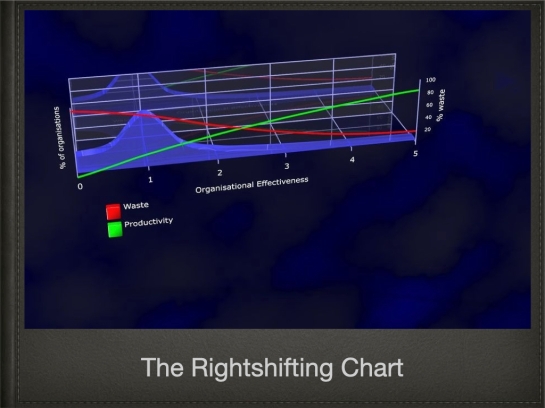A Dance of Egos and Lost Opportunities
The philosopher George Santayana once remarked,
Those who cannot remember the past are condemned to repeat it.
Perhaps he was onto something, especially in the realm of interpersonal relationships and collaboration. In our world today, a tragic comedy plays out daily between minds and hearts:
You ignore my ideas because they’re unfathomable; I ignore your ideas because they’re stupid.
And while this back-and-forth may seem like a mere disagreement, it carries a weighty cost.
The Stifling of Unfathomable Ideas
Let’s first tackle the issue of “unfathomable” ideas. Ideas that challenge convention, defy logic, or seem too radical often find themselves on the fringes, overlooked or outright dismissed. But isn’t it these very ideas that have driven humanity forward? Think of Galileo championing the heliocentric model of our solar system, or the Wright brothers believing in flight despite widespread skepticism.
Innovation often demands that we break from the norm and dare to imagine. When we label an idea as “unfathomable,” we might be turning our backs on the next big breakthrough. After all, progress is rarely linear, and disruptive ideas are named so for a reason.
The Rejection of “Stupid” Ideas
On the other side of the coin, deeming someone’s ideas “stupid” is a blanket rejection, often rooted more in ego and personal biases than in a careful consideration of the idea’s merits. Labeling ideas as “stupid” stunts dialogue and collaboration, leading to a stagnant environment where only the loudest or most dominant voices are heard.
Moreover, what seems “stupid” in one context might be brilliant in another. The very foundation of respectful collaboration is that no idea is stupid; it’s all about quantity, with the faith that quality will emerge. Dismissing ideas outright denies the possibility of them evolving into something practical or innovative.
The Collective Cost
So, where does this leave us? With a world rife with missed opportunities. For every “unfathomable” idea shunned, we may miss out on groundbreaking advancements. For every “stupid” idea dismissed, we lose the potential for creative solutions.
The real tragedy is that these lost opportunities don’t just affect the individuals involved; they impact all of us. The innovations not pursued, the solutions not found, and the collaborations not formed can set entire communities, industries, and even civilizations back.
The Path Forward
So, how can we step away from this harmful cycle? By embracing humility, open-mindedness, and a willingness to communicate.
- Humility: Recognizing that we don’t have all the answers allows us to approach ideas, no matter how unconventional, with a curious mind.
- Open-mindedness: Even if we believe an idea won’t work, exploring its roots might lead to an alternate, viable solution.
- Communication: Instead of outright rejection, pose questions. Understand the why behind the idea, and perhaps, through dialogue, refine or combine ideas into something greater.
Summary
In conclusion, the dance of egos, where ideas are dismissed either for being too outlandish or too simplistic, is a dance that serves no one. Might we tune into the rhythm of collaboration, understanding, and shared growth? Maybe, then, we can hope to harness the full spectrum of human potential and ensure that the world isn’t left the poorer for ignored ideas.

